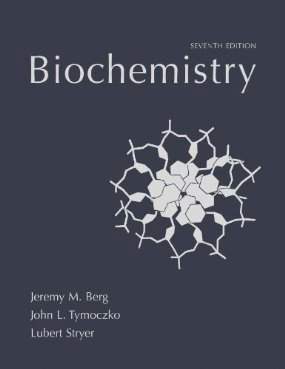Starting up...

For more information, please see full course syllabus of Biochemistry
Biochemistry Monosaccharides
Carbohydrates are aldehydes and ketones that have hydroxyl groups attached at the non-carbonyl carbons. Even large carbohydrate molecules can be broken down into these components. Monosaccharides have one sugar unit while polysaccharides have multiples. Some common monosaccharides include aldoses, which contain aldehydes, and ketoses, which have ketones. This lecture also includes information on the naming of saccharides based on their chirality as well as the structures and stereoisomers of many monosaccharide examples. Most monosaccharides are soluble in water due to hydrogen bonding, and most are found in the ring formation. When hemiacetal or hemiketals form, a chiral carbon is created with two possible configurations: alpha or beta. The Haworth projection allows sugars to be drawn in three dimensions.
Share this knowledge with your friends!
Copy & Paste this embed code into your website’s HTML
Please ensure that your website editor is in text mode when you paste the code.(In Wordpress, the mode button is on the top right corner.)
- - Allow users to view the embedded video in full-size.










































 Answer Engine
Answer Engine




1 answer
Wed May 14, 2014 1:33 AM
Post by Sitora Muhamedova on May 12, 2014
love your lectures!
1 answer
Wed Sep 4, 2013 11:57 PM
Post by Donna maria on September 4, 2013
thank you for the brilliant lecture. may i ask why there were 8 L and 8 D as out of the 4 chiral carbons, i only spotted 3 that consisted of OH located to the right? Therefore, I know i have missed something important or not grasped the true concept? in my head, i see 12 to right and 4 to left?